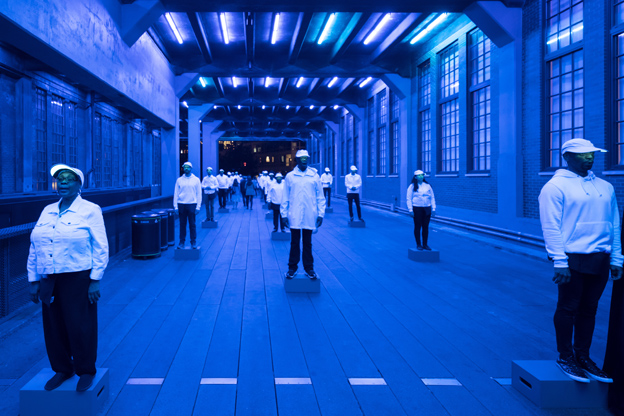For me, that tension between poetry, writing, and drawing is utterly captivating. So much so that I have spent the last two years writing poems that enter into conversations with Twombly’s work, a project I have found both humbling and transformative. In fact, the last real public outing I engaged in before the pandemic lockdown was a visit to the Cy Twombly Gallery at the Menil Collection in Houston.




